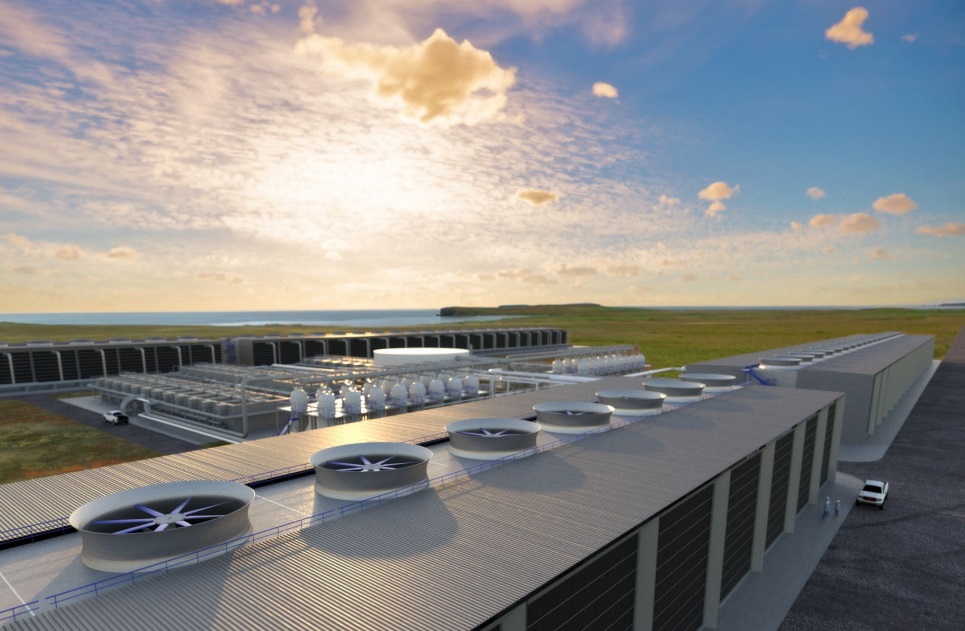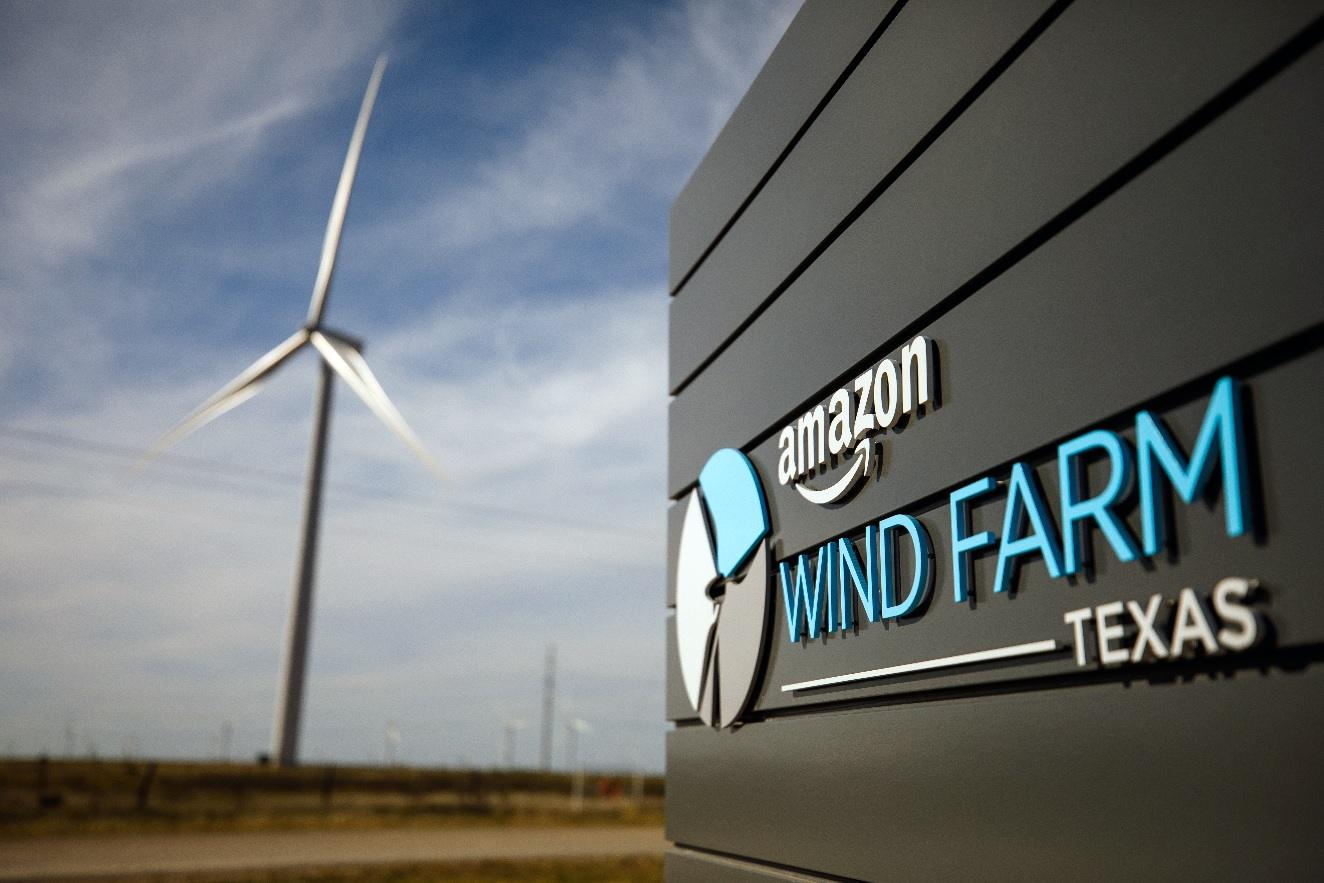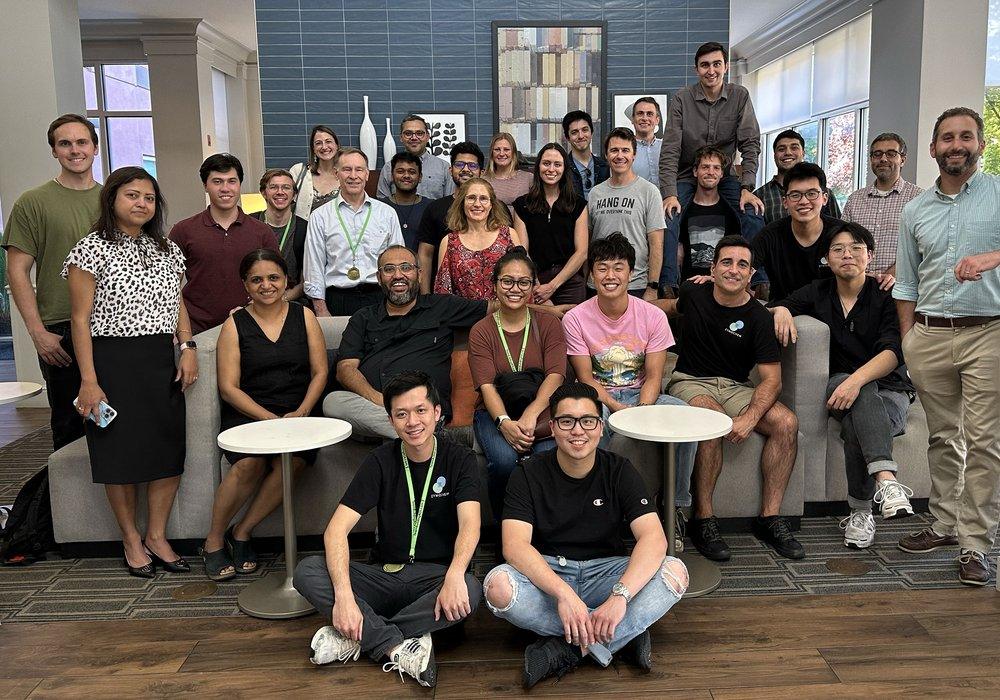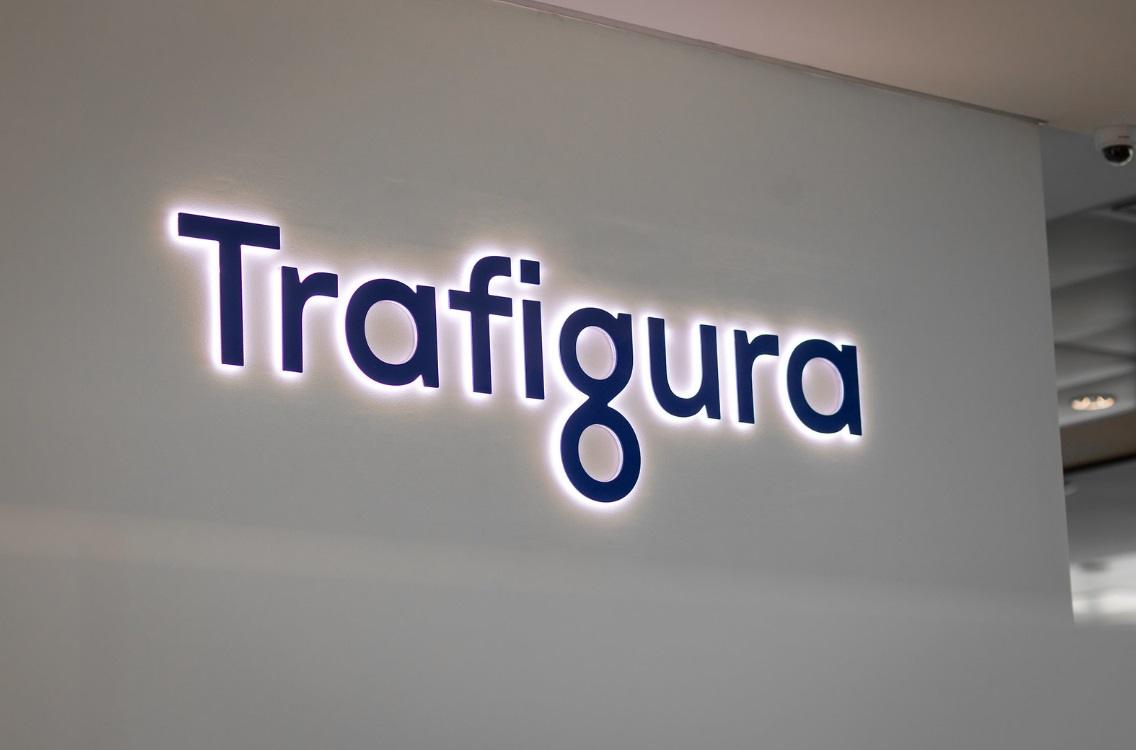Amazon Announces one of the Largest Ever DAC Carbon Removal Purchases
Amazon announced today a 10-year agreement for the purchase of 250,000 metric tons of carbon dioxide removal credits with energy giant Occidental’s (Oxy) carbon capture platform 1PointFive. The announcement marks Amazon’s first investment in Direct Air Capture (DAC) technology, and one of the largest-ever orders for a DAC facility.
DAC technology, listed by the IEA as a key carbon removal tool in the transition to a net-zero energy system, extracts CO2 directly from the atmosphere for use as a raw material or permanently removed when combined with storage. According to the landmark Intergovernmental Panel on Climate Change (IPCC) climate change mitigation study released last year, scenarios that limit warming to 1.5°C include carbon dioxide removal methods scaling to billions of tons of removal annually over the coming decades, with DAC positioned to potentially account for a significant portion of the total.
Amazon’s carbon dioxide removal (CDR) credits will be enabled by 1PointFive’s Texas-bases DAC plant STRATOS, which is currently under construction and expected to be commercially operational in 2025. When fully operational, Stratos is expected to capture 500,000 metric tons of CO2 annually, making it the world’s largest plant of its kind. As part of the agreement, the captured CO2 used for the CDR credits will be stored in saline reservoirs.
Michael Avery, President and General Manager of 1PointFive, said:
“The addition of 1PointFive’s high-integrity, quantifiable carbon removal credits support Amazon’s path to achieve net zero and shows the growing role that DAC technology will play in decarbonization pathways. We are excited to collaborate with Amazon to help them achieve their sustainability goals.”
The agreement follows the announcement last month that the South Texas DAC hub being developed by month that Oxy, DAC technology provider Carbon Engineering and engineering company Worley was selected by the U.S. Department of Energy (DOE) to receive grants of up to $600 million, one of only two projects selected.
Oxy also announced an agreement last month to acquire Carbon Engineering, in a deal the company said would accelerate the deployment of Direct Air Capture “as a large-scale, cost effective, global carbon removal solution.”
Amazon also announced an investment by its Climate Pledge Fund in DAC technology company CarbonCapture. CarbonCapture is currently developing “Project Bison,” a new DAC project in Wyoming in partnership with carbon storage developer Frontier Carbon Solutions. The project is expected to be operational by late 2023, and to be developed over multiple phases through 2030, reaching 5 million tons of capture and storage annual capacity.
In addition to the investment, CarbonCapture will make up to 100,000 tons of carbon removal credits available to Amazon. Amazon said that it aims to make the credits available to businesses within the company as well as to suppliers, selling partners, and customers.
Adrian Corless, CarbonCapture’s CEO and Chief Technology Officer, said:
“We’re extremely excited to be backed by a first-class venture investor like Amazon’s Climate Pledge Fund. Further, we’re looking forward to leveraging our relationship with Amazon to both democratize access and reduce the long-run cost of producing carbon removal credits.”
Amazon’s Climate Pledge fund is a venture investment program aimed at backing visionary companies developing products and services that facilitate the transition to a zero carbon economy. The $2 billion fund was established in June 2020, aiming to help Amazon and other companies achieve the goals outlined in The Climate Pledge, including reaching net zero carbon by 2040.
Kara Hurst, Vice President of Worldwide Sustainability at Amazon, said:
“Amazon’s primary focus is to decarbonize our global operations and reach net-zero carbon by 2040 through our transition to renewable energy, building with more sustainable materials and electrifying our delivery fleet and global logistics. These investments in direct air capture complement our emissions reductions plans and we are excited to support the growth and deployment of this technology.”





